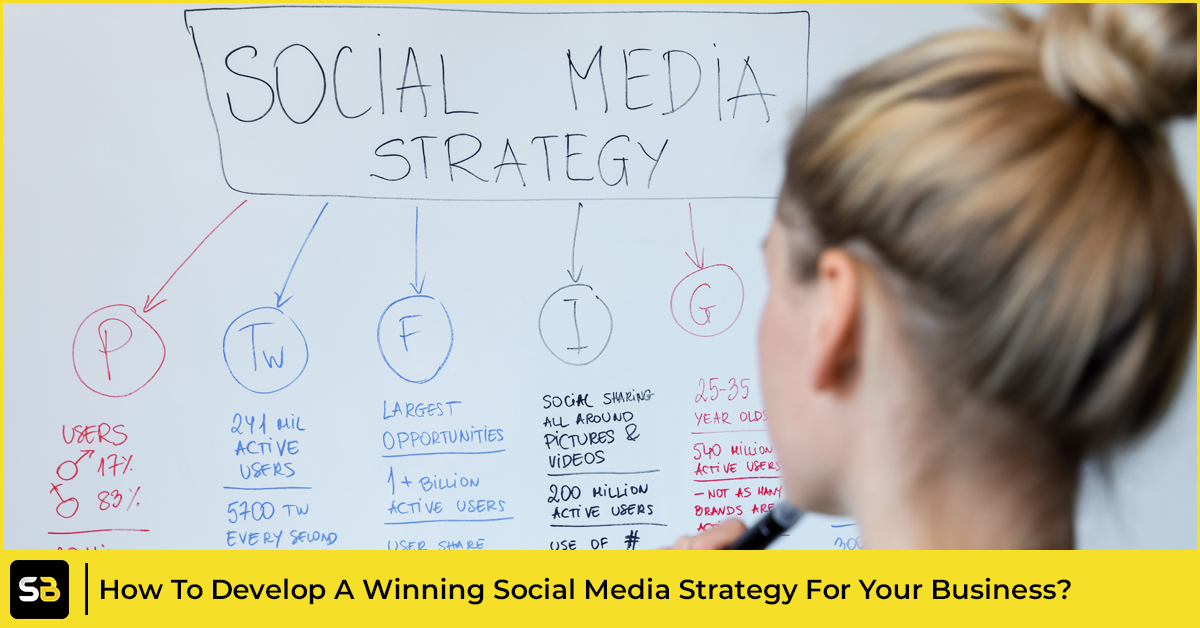
- May 16, 2023
How Brands Can Strategize for the Metaverse
It is not surprising that the term "metaverse" has gained popularity on the internet over the past few years because the pandemic marked the beginning of a new era in which the physical and virtual worlds mingle. But what is it exactly? Is it Mark Zuckerberg's greatest idea? Is it a techie's futuristic dream? Or is it a legitimate opportunity for brands to profit from? The answer is Yes, to be very precise. By 2024, the metaverse is expected to generate $800 billion in revenue, and tech behemoths are already pouring millions of dollars into making this vision a reality. Both large corporations and start-ups are embracing the metaverse, working with its metaverse companies to develop branded activations and more. You probably want to learn more or are considering joining the metaverse if you're reading this article. You should have a thorough understanding of what the metaverse is and what it signifies for the future before seizing these ground-breaking opportunities. What is metaverse, exactly? Imagine a virtual world where billions of people may communicate with one another, learn, shop, and live their lives comfortably on their couches in the physical world. The computer screens we use to access the world wide web have evolved into portals into a physical, three-dimensional virtual world that is bigger and better than real life in this world. Our identities and money are carried by our avatars, which are digital representations of ourselves, as they freely switch between experiences. The hype aside, this is the so-called metaverse, and it doesn't exist at the moment. What should business leaders think of a rapidly developing, hyped-up concept that has the potential to dramatically alter how people live? This emerging technological revolution is broken down into where it is at the moment and where it is going in SB Infowaves’ comprehensive guide to the metaverse. The metaverse's history, its importance, its history, how it can be accessed, and how brands can join the metaverse are just a few of the topics covered. There are references to in-depth analyses of these and other pertinent subjects throughout the guide, as well as definitions of key terms in the metaverse like interoperability, digital twins, spatial computing, and Web 3.0. A brief history of the Metaverse Many in the computer industry refer to the "metaverse" as a single, immersive, shared, persistent, 3D virtual world where individuals can experience life in ways they couldn't in the actual world. While some of the technologies that enable access to this virtual world, such as augmented reality (AR) glasses and virtual reality (VR) headsets, are evolving quickly, other crucial elements of the metaverse, like interoperability standards or enough bandwidth, are probably years away from becoming a reality or may never become one. The idea is not new; author Neal Stephenson coined the term "metaverse" in his science fiction book Snow Crash in 1992. The metaverse was defined in the novel as a virtual realm that coexists with the real world with the ability to visit virtual spaces at will. Why is the metaverse important? The term "Metaverse" gained popularity when Facebook announced plans to invest at least $10 billion in the idea that year and changed its corporate name to Meta in October 2021. Along with Meta, other significant tech behemoths like Google, Microsoft, Nvidia, and Qualcomm are spending billions on the idea. The metaverse economy may reach $5 trillion by 2030, according to bullish predictions made by management consulting firm McKinsey & Company. E-commerce is anticipated to be the main engine, with gaming, education, entertainment, and marketing in the metaverse all likely to become more significant. The term is currently used by businesses to denote a variety of improved online environments. These include growing virtual workspaces like Microsoft's Mesh or Meta's Horizon Workrooms, virtual changing rooms and operating rooms, and online video games like Fortnite. As companies vie for supremacy, the current version of the metaverse is taking the shape of a multiverse rather than a single universal virtual place. It consists of several unique metaverses with limited interoperability. Some criticism has resulted from uncritical enthusiasm for the metaverse and serious uncertainty about how it will unfold. Industry watchers have questioned whether the public will be happy to spend hours each day in a headset navigating virtual space or whether the metaverse will ultimately differ greatly from the digital experiences we have today. Other futurists, however, assert that even while the metaverse is still in its infancy and faces significant technical challenges, it will eventually come to pass. And it will come with a boom. How is the metaverse accessed? Virtual reality and augmented reality are two technologies that are thought to be crucial to the creation and development of the metaverse:
- Virtual Reality: A simulated 3D environment called virtual reality allows users to engage with a virtual environment in a way that simulates reality as it is experienced by our senses. Today, most people access this simulated world by wearing a VR headset, which completely fills their field of vision. It is possible to interact with the virtual environment in a way that is more lifelike by using haptics, which includes vests, gloves, and even full-body tracking suits.
- Augmented Reality: Augmented reality is less immersive than VR. It applies digital overlays to the real world using some kind of lens. Users can still interact with their immediate environment. The AR game Pokémon Go is one of its earliest applications. Heads-up displays for car windshields and Google Glass are examples of consumer augmented reality products.
- Engage on digital platforms such as Fortnite, Roblox, Meta Quest 2, and Decentraland
- Get in touch with customers through metaverse elements such as virtual events and NFTs
- Develop engaging content that users can unlock through mini-games and NFTs
- Through avatars on metaverse platforms, share thought leadership content
- Build immersive experiences for your audience
- Connect your metaverse activations to real-world efforts (e.g., prizes, physical merch)

How To Develop A Winning Social Media Strategy For Your Business?
Conclusion The metaverse can be thought of as an emulsion of technology, culture, and the arts. Although it is still in its infancy, brands have the chance to create some remarkable opportunities. Don't be afraid to be creative and try new things. After all, imagination is where the metaverse originated. Make the pioneers of sci-fi proud. In case you’re looking for an AR/VR app development company in Kolkata, we at SB Infowaves can assist.Our Office

USA
Seattle
2515 4th Avenue, Centennial Tower Seattle 98121
United States Of America
+1-7543-335-140

Australia
Sydney
Rubix Alliance Pty Ltd Suite 305/30 Kingsway, Cronulla NSW 2230
+6-1480-023-313

India
Kolkata
Adventz Infinity, Office No - 1509 BN - 5, Street Number -18 Bidhannagar, Kolkata - 700091 West Bengal
+91-8240-823-048
India
Bengaluru
KEONICS, #29/A (E), 27th Main, 7th Cross Rd, 1st Sector, HSR Layout, Bengaluru, Karnataka 560102
+91-9804-360-617
Unleash the Sales Beast Within and Watch Your Revenue Soar!
GET A FREE ANALYSIS OF YOUR WEBSITE NOW!








